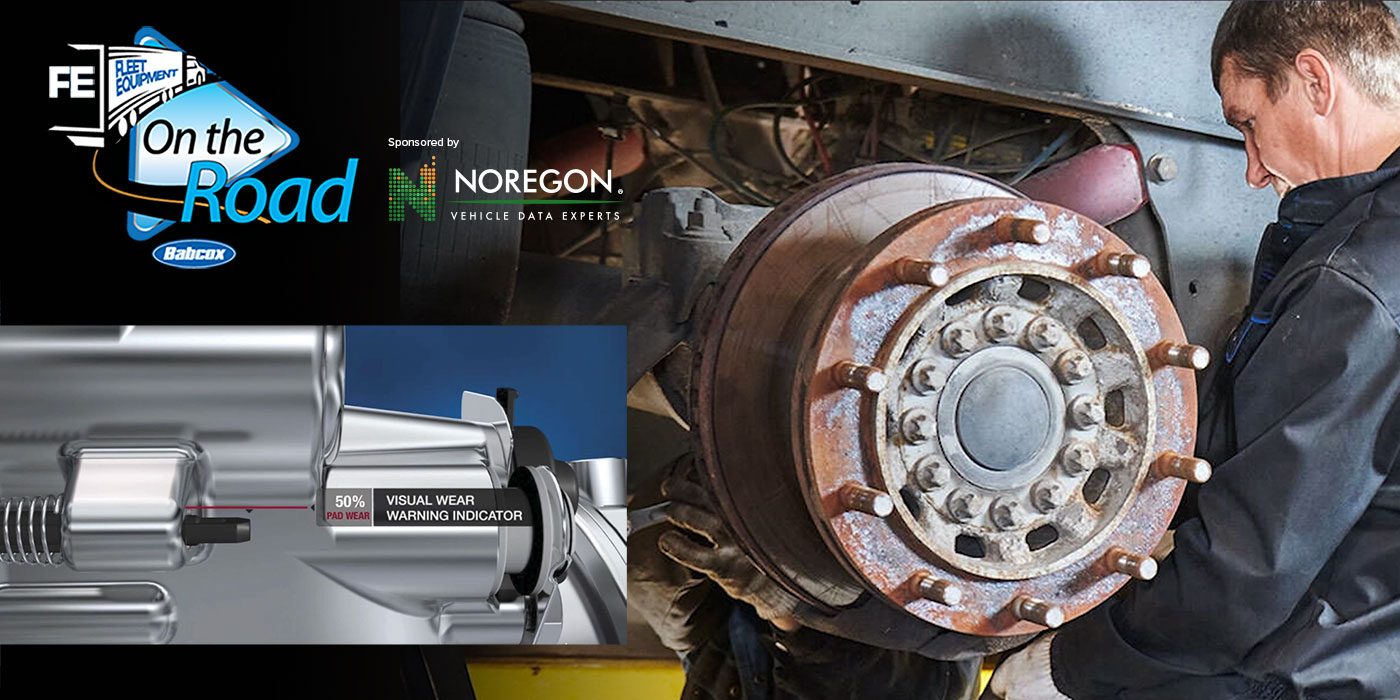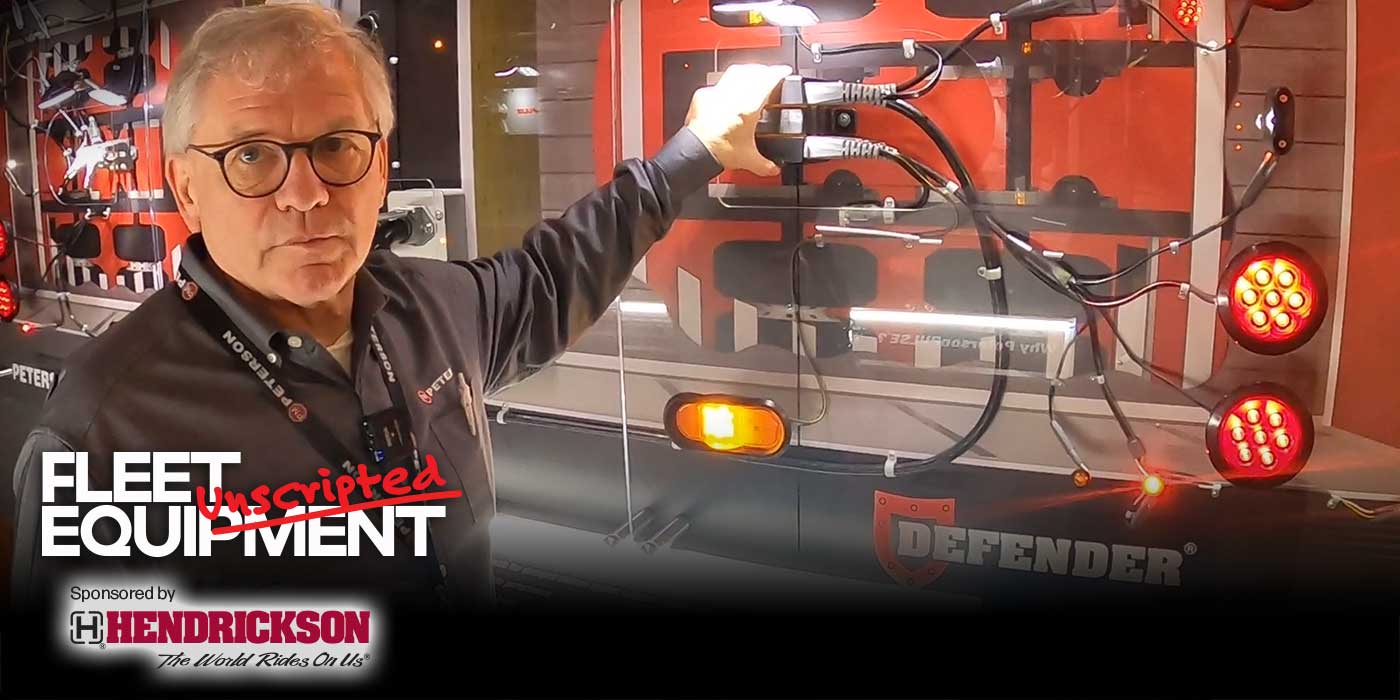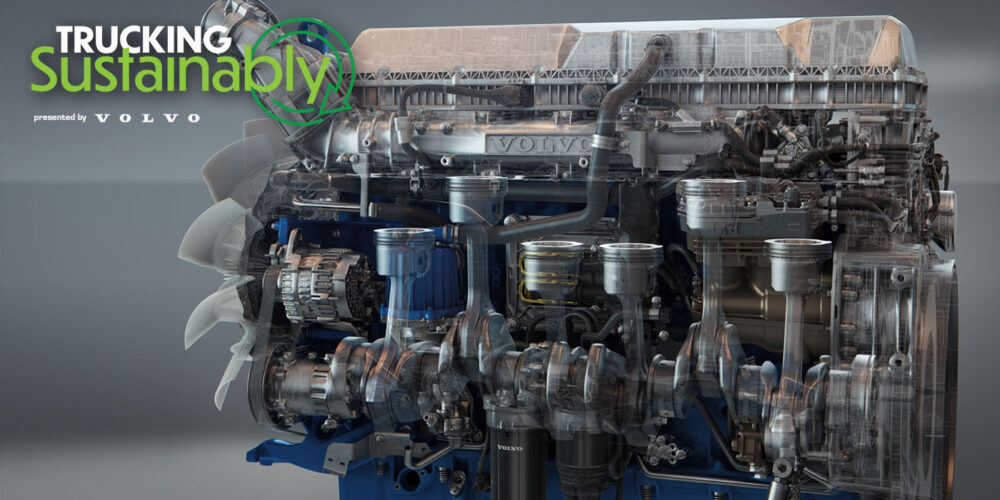For the most part, it’s a misconception that retreading steer tire casings back to the steer axle is unsafe, and fleets that do this aren’t as uncommon as you might think.
Click here to watch more of FE’s On the Road video series.
Here is a transcript of the video:
Let’s say you retread a pair of new, premium steer tire casings. Where on your truck do they go next?
The most common answer is probably the drive position. But what if you equipped them back onto the steer position?
Well, some might say this is a safety issue, and that isn’t always untrue. But, for the most part, it’s a misconception that retreading steer tire casings back to the steer axle is unsafe, and fleets that do this aren’t as uncommon as you might think.
The Department of Transportation does prohibit the use of retreads in the steer position on buses. But in some operations, you might find spec’ing retreads on the steer axle can give you the most bang for your buck.
You’ll find that the fleets that will see the most benefit in doing so are generally those that operate at lower speeds.
Think local fleets like large city refuse fleets, city delivery vehicles of various sizes, and any equipment used in street maintenance. These fleets operate at lower speeds and are often used in stop-and-go operations in inner-city environments. Over-the-highway, long-haul operations will probably still want to run new tires on the steer axle. This is the norm in the industry and definitely contributes to a driver’s peace of mind.
The tried-and-true method of using new tires on the steer position, moving them back to the drive position for the first retread and finally to the trailer position for the next retread works well for long-haul fleets due to application.
See, drive axles tend to be in a more demanding environment due to the torque of the drive train; so, less aged casings or first-time retreaded tires are preferred for this demanding position. Trailer tires, which are not subject to torque, are a better position for a second cap casing, and these retreads tend to have a shallower tread applied. This tread is specifically designed to reduce the free rolling wear often seen in trailer tires.
Every fleet handles casing progression differently. There are even fleets out there that will retread a drive tire back into the drive position. So, don’t take this video as a retreading Bible of any sort – I just want to open your eyes to the possibilities.
Tires are expensive and small changes can affect your bottom line in big ways, so if you’re thinking of switching up your tire program, don’t do it alone. Seek out a trusted tire dealer and work together to reap the benefits of a custom, comprehensive tire program for your fleet.













